A meeting of two innovative musical minds in this compelling set of modern chamber jazz. Pianist Benoît Delbecq structures trance rhythms over which clarinetist François Houle improvises soaring melodic lines, to virtuoso effect. Engineer Etienne Bultingaire and sound designer Nicolas Becker, using impulse response curves based on the reverberant acoustic of a giant greenhouse in a French chateau, developed a unique sound mix in this 24/96 recording.
– Mark Werlin, AllAboutJazz
In 2010 Paris-based pianist Benoît Delbecq received the ultimate accolade from the French recording world, the Grand Prix Internationale du Disque in jazz, for his simultaneous Songlines releases The Sixth Jump (trio) and Circles and Calligrams (solo piano). He soon followed that up with Because She Hoped, a duo recording with Vancouver-based clarinetist François Houle, their third (following Nancali, 1997, and Dice Thrown, 2002). Their work together has its own very particular synergy.
Houle and Delbecq have both pioneered extended techniques on their instruments. Delbecq is known for his extensive use of piano preparations, developing a style inspired equally by Cage and Ligeti, African pygmy polyphony, and Steve Coleman, Steve Lacy and other jazz greats. His process transforms the piano’s natural resources into an evolving weave of textures and colours, improvised rhythmic-melodic ‘fabrics’ combining regular notes and prepared pitch-timbres. Houle studied with Evan Parker, adapting the saxophonist’s innovations to the clarinet and integrating classical technique with blue notes and quarter tones, circular breathing, sound effects, playing without a mouthpiece, etc.
So with all this expressive fire-power at their disposal it’s striking how serene yet playful much of the music feels. As François puts it: “Duo playing is about the most intimate way to communicate with another musician. I have grown to have a deeper understanding of Benoît’s language and sound world, which always provides me with clues as to how to execute ideas in different ways. How this plays out is that we don’t try to formulate premeditated structures, or to ever adopt a traditional call and response, solo/accompaniment thing, except for the Ellington and Lacy pieces, which seemed to require a certain structural rigor. Our improvisations are much more akin to embroidery, painstakingly paying attention to the kind of fabric we want to create, working symbiotically to achieve that by complementing each other. Of course solos emerge, but that is in consideration of what each individual has to state in the context of the performance. Most of Benoît’s music has an intrinsic poetic quality which manifests itself in liquid melodic lines. I respond to that very deeply, in some ways even more than to the rhythmic aspects of his music. Almost all my compositions on this recording are all about melody.”
Benoît adds: “I find the musical flow very special on this recording, it is calm and somehow feverish all together….I think things move so fast inside when we play that it’s complex to describe what’s going on. I remember something Dave Holland told me, back at the Banff Jazz workshop, 1987: ‘Playing needs to be unconscious and accurate while accurate listening has to be fully conscious.’ I think this sentence totally applies to our duo. There is something highly conscious in the instant auto-analysis of the playing, and something definitely unconscious in the freedom we use.”
Even the sound is rather special thanks to the work of Delbecq’s collaborators, engineer Etienne Bultingaire and cinema sound designer Nicolas Becker, who contributed for the mix a set of impulse responses he’d created in the huge greenhouse of a French chateau. Benoît explains: “Using such an IR means that you’re placing the duo virtually inside this greenhouse, just as if we had played in it; it simulates ambient mics catching the resonances of that space. I like the feeling of constructing an imaginary ideal venue.” Beyond such questions of expressive means however there is a contemplative core to this music, something mysterious and enigmatic, that continues to fascinate.
Benoît Delbecq, Piano
François Houle, Clarinet
Tracklist
Please note that the below previews are loaded as 44.1 kHz / 16 bit.Total time: 00:51:37
Additional information
| Label | |
|---|---|
| SKU | SGL15922 |
| Qualities | DSD 512 fs, DSD 256 fs, DSD 128 fs, DSD 64 fs, DXD 24 Bit, WAV 96 kHz, FLAC 192 kHz |
| Channels | |
| Artists | |
| Composers | |
| Genres | |
| Original Recording Format | |
| Recording Engineer | Etienne Bultingaire |
| Instruments | |
| Release Date | September 5, 2025 |
Press reviews
New York City Jazz Record
Houle is the perfect match for the pianist. Dazzlingly interactive here, both allow sounds to evolve organically rather than calling attention to their prodigious techniques.
Jazz Times
…they remain resolutely exploratory on this recent effort. Both musicians have advanced in terms of their arsenals of sounds and their abilities to weave those sounds into a compelling whole….And, remarkably, none of this grows competitive, showy or old.
Georgia Straight
…a radically sensual venture into new and stimulating worlds.
New York Times
“Because She Hoped,” an album of moods and miniatures and short-order skirmishes positioned somewhere between classical music and post-’60s jazz, gets more life force from the sound of each player than from the ideas they’re sketching. Mr. Houle is one of the best-sounding clarinetists in improvised music, strong in all registers, chalumeau to altissimo; commanding at the barest volume; and selectively interested in extended technique….The best track here is a version of “The Mystery Song” from Duke Ellington…. They’ve slowed it down and dramatized it, investing the tune with lush dissonance and a weird atmosphere; they creep around in dream-state music and keep half-returning to the song.
Only logged in customers who have purchased this product may leave a review.

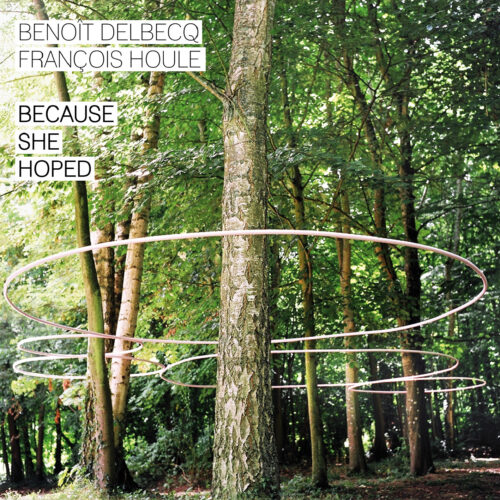
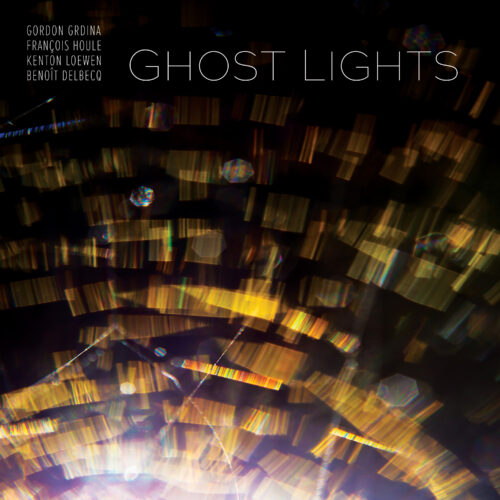
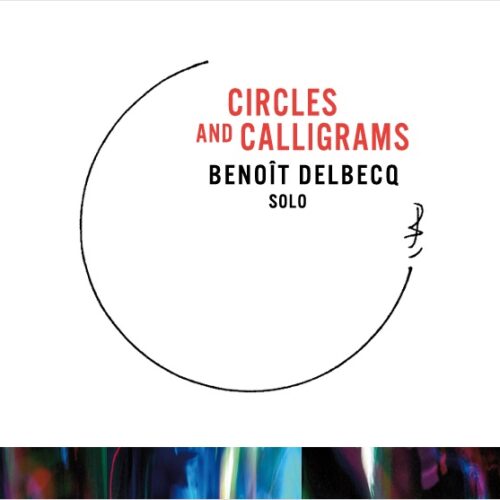
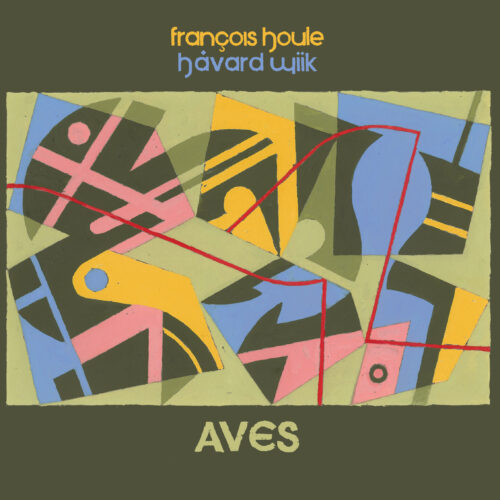
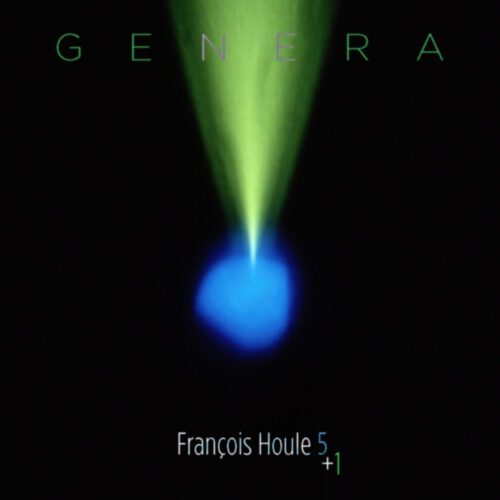
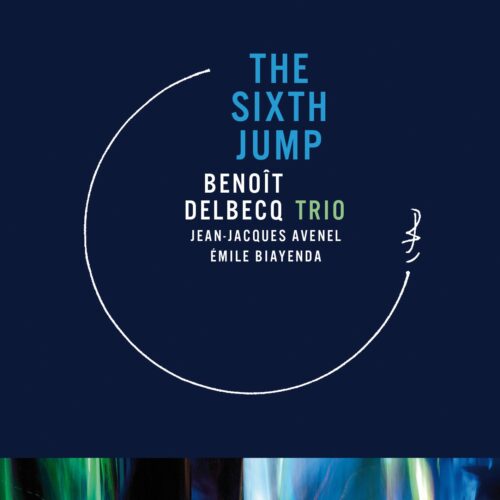
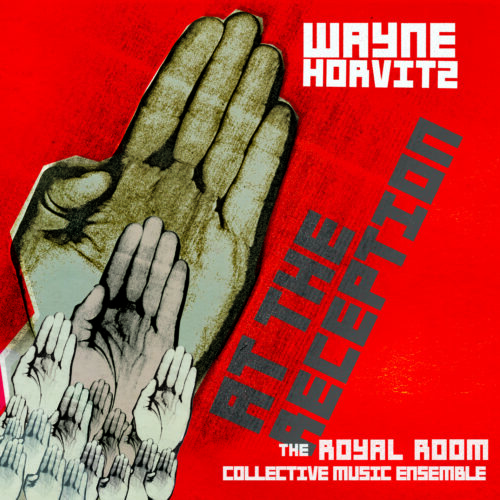
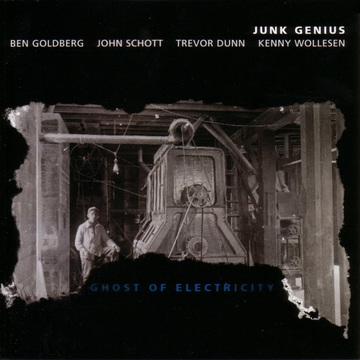
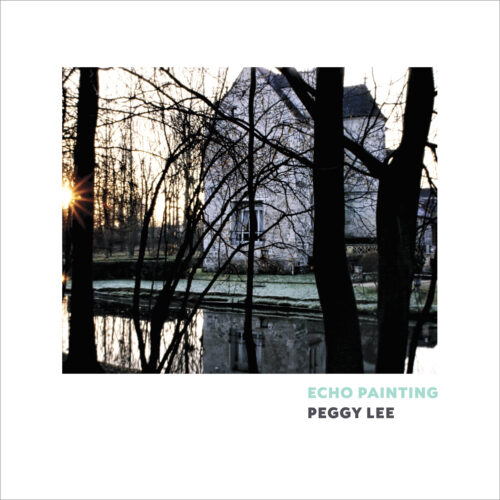
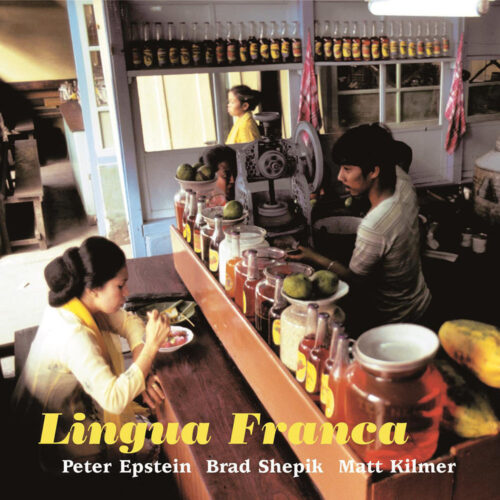

Reviews
There are no reviews yet.